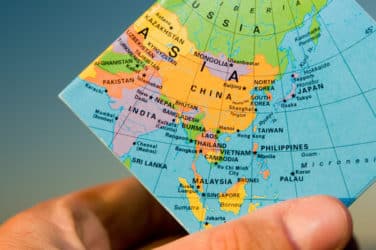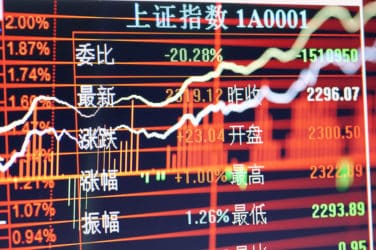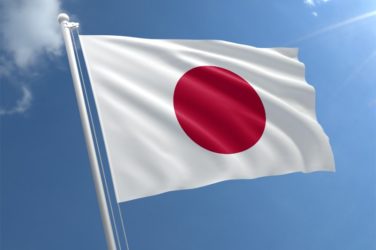
Despite global volatility, endowments’ allocations have stayed the course, and Asian institutions remain hidden.
Like many other market participants, institutions scarred from the financial crisis of 2008 and 2009 have been shaken by the current market volatility, but market observers find that asset allocation models have “stayed the course.”
“Endowments are designed to last in perpetuity. As such, endowment managers tend not to make radical changes in their asset allocation strategies,” said Ken Redd, director of research and policy analysis at the National Association of College and University Business Officers (NACUBO).
NACUBO conducts studies on investment trends with the endowments and foundations community.
From 2009 to 2010, their asset allocation strategies was not altered substantially–the percentage of endowment assets in hedge funds and other alternative assets changed from 51% in 2009 to 52% in 2010 to other assets similarly changed very little, noted Redd.
Considered one of the most sophisticated investors, endowments and foundations often lend their top investment talent to their institutional peers, such as pensions. In Asia, however, pension chief investment officers (CIOs) are kept in-house.
“Most pensions in Asia tend to prefer to keep things in-house,” said Chin Chin Quah, an analyst at research firm Cerulli Associates’ Singapore division.
Such a preference may differ from trends in the U.S., where many pensions also used the outsourced CIO model—often from endowments and foundations CIOs. A common reason may be because pension managers have said not to have the same investment acumen.
Perhaps a lack of a large endowments and foundations community explains the lack of sharing of resources between themselves and Asian pensions.
“There are endowments and foundations in Asia ex-Japan, but they are less developed than those in the West. The more prominent ones are in Hong Kong and Singapore and they’re quite small in size. Hence, their mandates also tend to be small,” Quah said.




